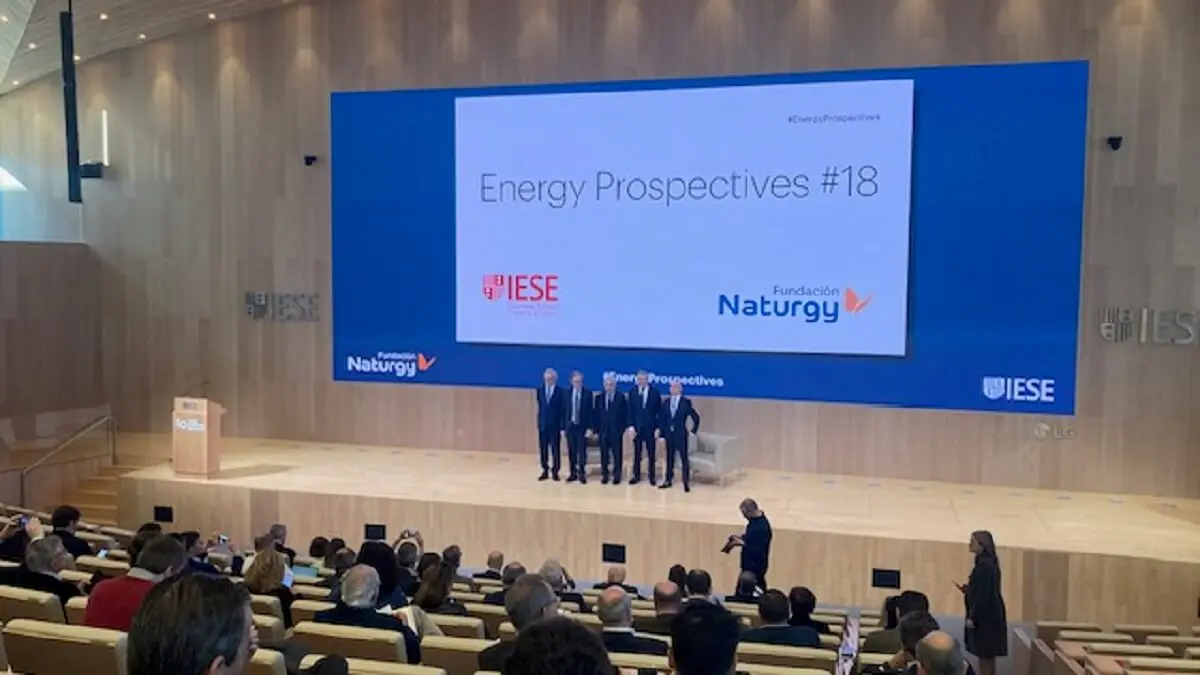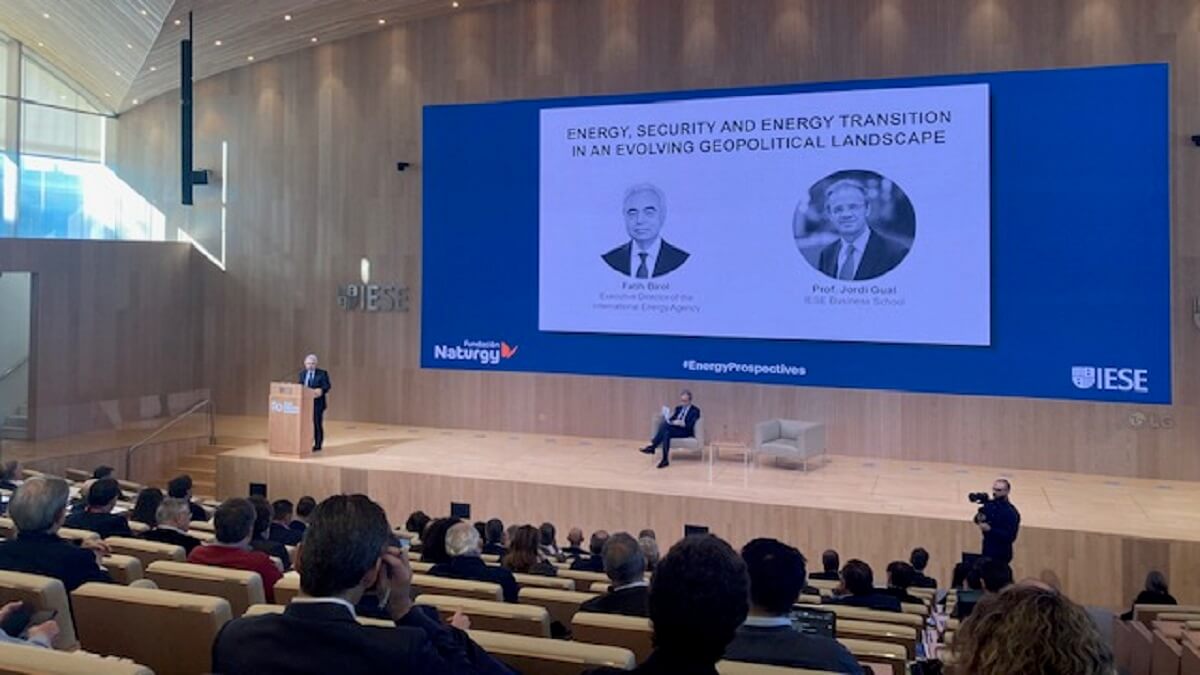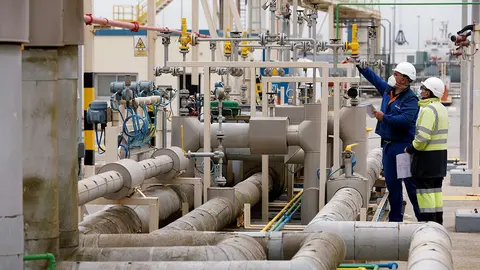Imperative need to double global electricity production

The visionaries who are fighting for and promoting the installation of these centres extol their great advantages, although they are not so explicit when it comes to pointing out, in addition to the drawbacks, the enormous challenges that all this entails.
The conference held at the IESE headquarters in Madrid, organised by the Naturgy Foundation, on the Outlook for Energy, with the stellar intervention of the executive director of the International Energy Agency (IEA), the Turkish economist Fatih Birol, was therefore very timely and certainly interesting.
The conference coincided with the presentation by the IEA itself of a prospective report on the relationship between energy and the proliferation of data centres. Its most important conclusion is that the total of such facilities, driven by the strong development of AI, will double their high electricity consumption by 2030, accounting for practically 3% of the world total, some 800 terawatt hours, TWh, or what is the same, all the electricity consumed by a major industrial power such as Japan in a year.
Fatih Birol therefore warns that this prospect poses an enormous challenge, both in terms of ensuring the production and transmission of electricity and in terms of the corresponding increase in CO2 emissions. Today, the IEA's executive director points out that coal still accounts for 30% of the energy supplied to data centres, 85% of which are concentrated in the United States, the European Union and China, in that order.

In the midst of the many other uncertainties that require the attention of all governments, US President Donald Trump has had time to create a National Energy Board (the very statement is a declaration of intent), whose main mission is to promote electricity production in the United States by all means possible.
In the opinion of Fatih Birol, and despite the persistent predominance of fossil fuels, so-called renewable energies and natural gas have a good chance of becoming the leading energy sources, ‘due to their competitiveness in terms of both costs and availability in key markets’.
In the 302-page report, which is also the first dedicated to AI, the International Energy Agency points out that ‘the increase in the already strong demand for electricity over the next five years will also offer significant opportunities to lower costs, improve competitiveness and reduce polluting emissions’.

In any case, the two major challenges facing governments still competing in the race for technological supremacy will be to increase their electricity production and to resize their distribution network. Data centres, at least until now, tend to be concentrated in a few countries and in a few regions within those countries, which may make it easier to channel the problem. However, the sucking up of large amounts of electricity by these data centres in the vicinity of large urban agglomerations could have the unwanted effect of reducing the quantity and intensity of the supply to areas with poorer energy supplies.
Fatih Birol also took advantage of the question and answer session to warn the Spanish government to ‘reconsider its timetable for the closure of nuclear power plants in view of the risks involved in depending on external energy sources’, alluding to the current uncertain geopolitical context. And, more specifically, he urged the Spanish authorities to analyse the negative impact that the closure of nuclear power plants, once decreed by Chancellor Angela Merkel, has had in Germany.



